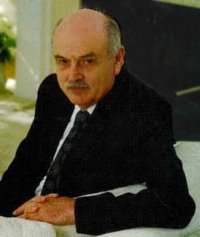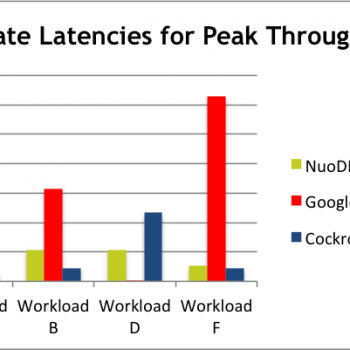SQL is the standard database language. It has been around since the 1970s. ACID (Atomic, Consistent, Isolated, and Durable) guarantees that the database tier handles the transaction processing in a consistent and reliable manner, freeing the application from managing these tasks (and freeing you from having to code them into the application), while guaranteeing the integrity of the data in the database.

NuoDB is the world’s first and only patented, elastically-scalable, SQL database built for decentralized computing resources. It is built with a focus on the elastic scalability on the cloud with 100% ACID guarantees and SQL compliance. Another interesting point about this innovative database is that it removes administration tasks like sharding, caching, clustering and performance tuning. It has almost same syntax and interface which is familiar to any other database application.
NuoDB has recently released their a version earlier this month. The product is very robust and has many new enhencements. The recent release has over 75 bugs fixes and improved stability with Amazon S3. The best part is that this database can be installed on pretty much any platform i.e. MacOS, Windows, Amazon EC2 as well on Ubuntu. They have also recently announced availability on the Amazon AWS marketplace.
50 Amazon Gift Card

NuoDB is fantastic product and the people behind the scenes are fantastic. They not only know how to build a great product they even know how to build relationships. Here is the simple contest they offered exclusively for us. There are no complex rules or difficult questions to answer. Just experience how easy and fantastic their product is.
Things to do:
1) Answer following question in comment area below:
Who is Edgar F. Codd?
2) Download NuoDB Starlings 1.0.2 before April 10, 2013
Download Now
The first 50 people who download NuoDB and answer the question above will get USD $10 Amazon Gift Card – no catch and no restriction. Just do it before April 10, 2013.
Reference: Pinal Dave (https://blog.sqlauthority.com)






63 Comments. Leave new
Father of the Relational Database Model